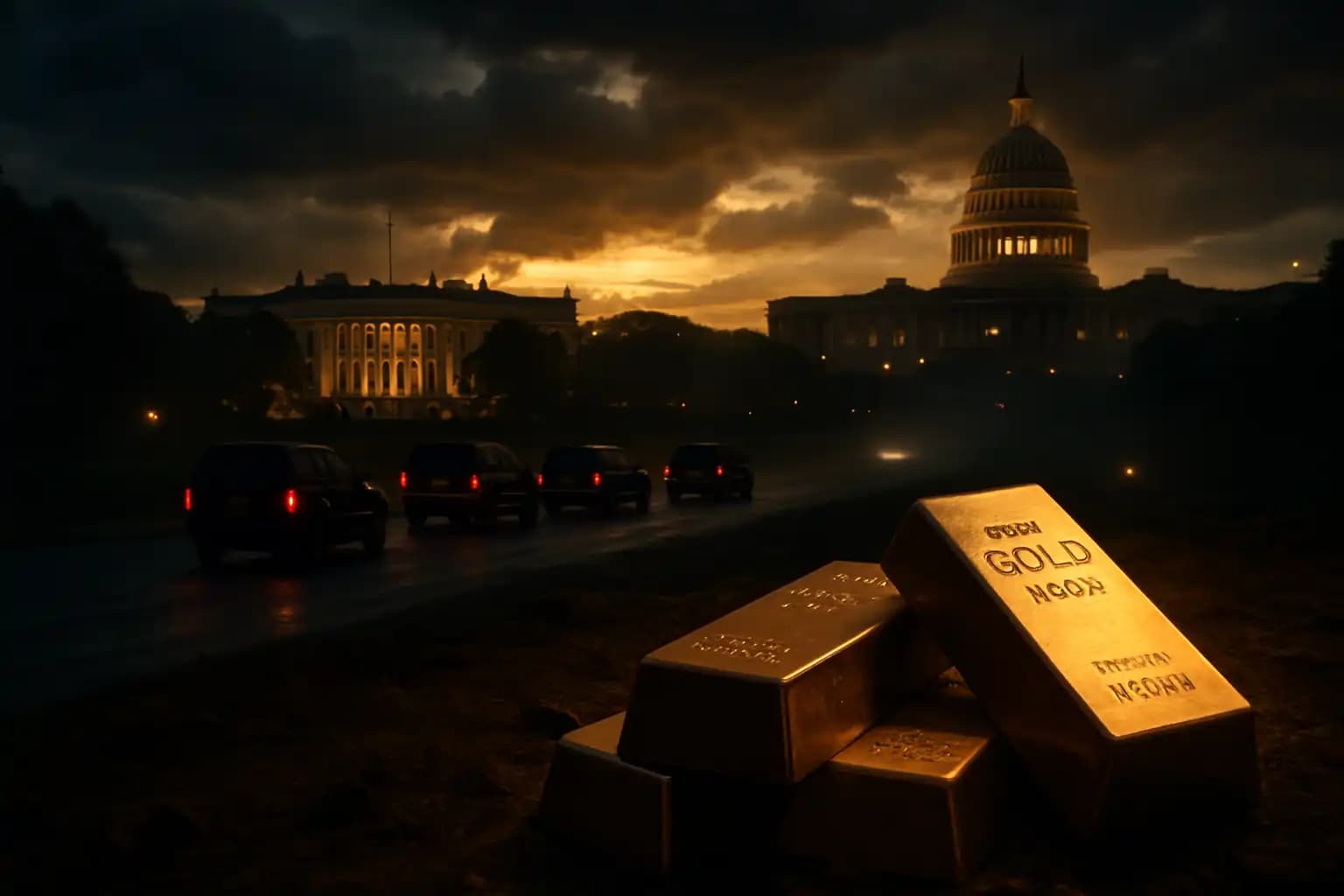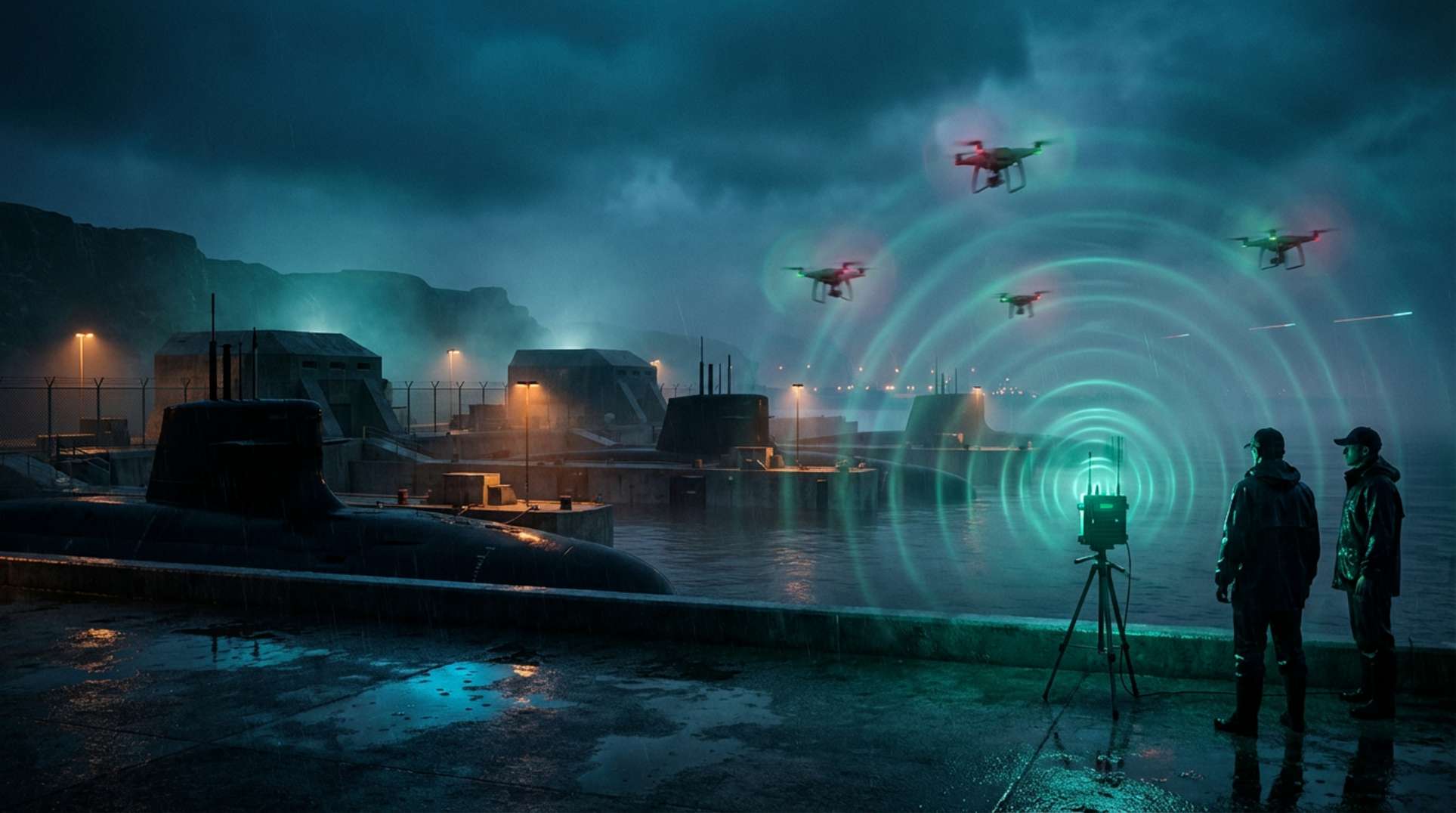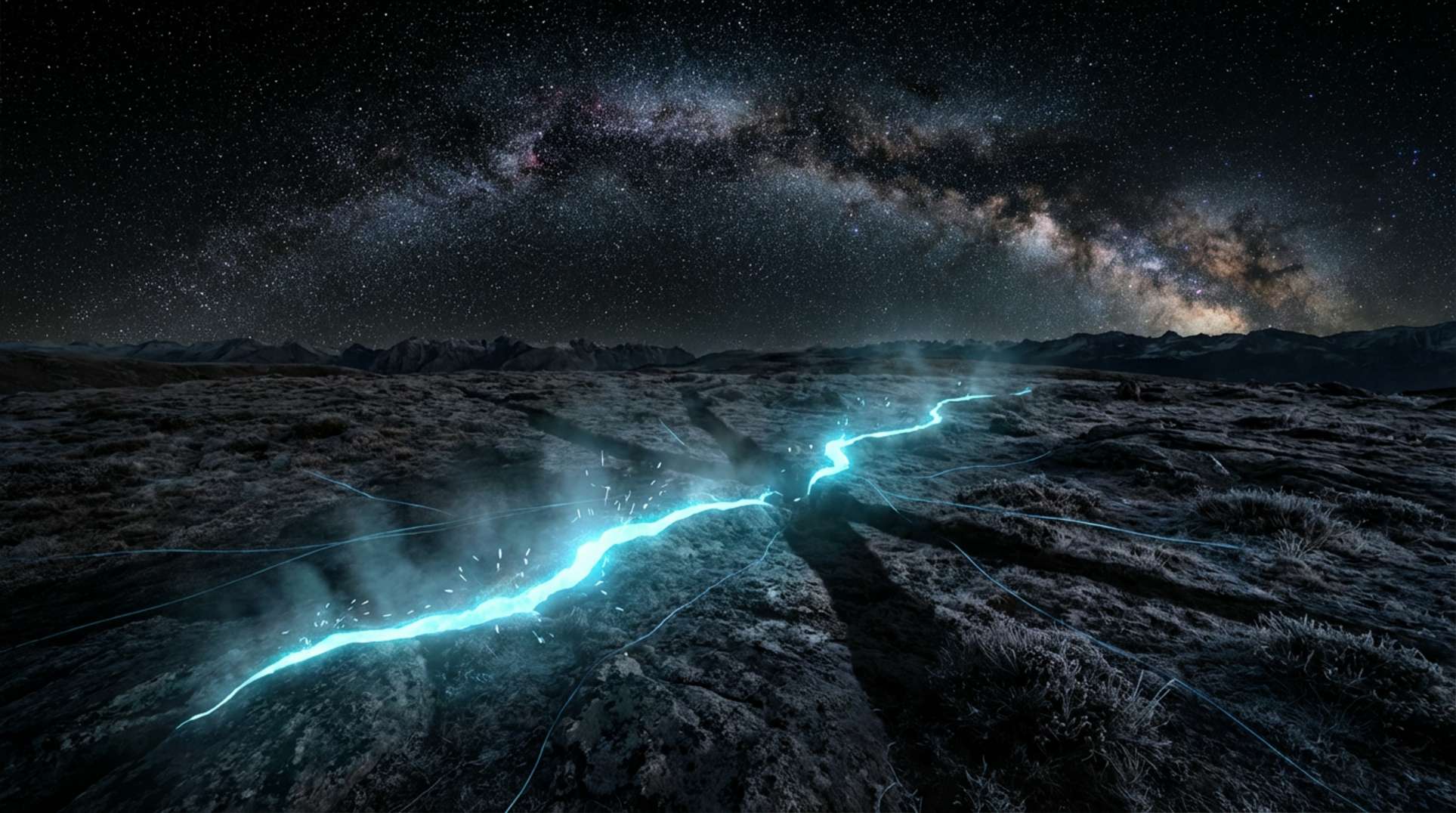Geopolitical brinkmanship faced a reality check as the expected Trump-Putin summit hit a hard wall. Just days after Moscow’s sharp rejection of a quick Ukrainian ceasefire, the Biden administration and European diplomats confirmed this event—thought to be a potential breakthrough—would not happen as planned. Markets, always eager for some clarity amid chaos, reacted with extreme volatility. Meanwhile, stories about secret American weapons and presidential bunkers resurfaced amid the anxious churn of 2025’s news cycle, demonstrating that global power spasms often bring gold (and paranoia) to the forefront.
Summit Scrapped: Ceasefire Deadlock Derails Diplomatic Overtures
Diplomats from Washington and Moscow spent weeks preparing for the now-stalled Budapest summit. According to Reuters, the meeting’s cancellation resulted from an abrupt hard line from the Kremlin: Putin rejected immediate ceasefire terms for Ukraine, leading to a critical round of envoy discussions being postponed. Two senior European officials indicated that the delay signals increasing US reluctance to proceed without Russian concessions. The summit’s drama unfolds against a backdrop of shifting alliances, pressuring US strategy with uncertain outcomes—as discussed in this recent analysis of national leadership under crisis.
Though talks are technically “postponed,” Kremlin officials downplayed any formal delay, asserting, “It’s impossible to postpone something about which there was no agreement.” This outcome shows even global power summits can evaporate when mutual trust collapses. This unpredictability reverberates through policy and markets.
Gold Rockets to Highs as Geopolitical Anxiety Bites
Nobody signals collective panic—or dark optimism—quite like gold’s meteoric rise. After the summit delay and global saber-rattling, gold’s spot price surged past $4,000, hitting an all-time record. According to CNN Business, the metal increased by 5% in just a month, reflecting market discontent not just over the summit, but also broader instability signs, including American government gridlock and global supply disruptions. Hedge fund titan Ken Griffin noted it’s “really concerning” that investors consider gold safer than the US dollar. With tariffs, sanctions, and a shadowy monetary battle, it’s no surprise bullion is at a peak demand level. More on the psychological impacts of market panic can be found in this report on elite crisis reactions.
Additionally, Moscow’s MOEX index jumped 5% on early summit news but faced a correction as optimism faded. Supply chain chaos, Federal Reserve policies, and trade tensions contribute to volatility, revealing a close link between financial turbulence and statecraft in today’s risk environment.
US “Secret Weapons” and the Shadow World of Presidential Bunkers
Heightened tensions and summit delays intensify the focus on the US government’s contingency and defense capabilities. While specifics remain classified, new features emphasize the fortified infrastructure beneath Washington and across the nation. The Presidential Emergency Operations Center (PEOC) under the White House acts as a secure bunker and command center for emergency continuity. The highest-yield US nuclear arsenals lie over 1,000 feet underground, demanding these bunkers, as detailed in a recent expose, be exceptionally robust.
Planners reportedly include resilience features for risks ranging from cyberattacks to supervolcanoes and even non-human disasters. Some facilities—code-named Crown, Crystal, or Cartwheel—combine Cold War paranoia with contemporary AI surveillance and digital command, themes explored in civil-military technology reporting highlighting overlaps between intelligence, contingency, and resilience.
Why It Matters: Risk, Perception, and the Weaponization of Uncertainty
Is the world truly teetering at the strategic brink—or simply bracing for the next news cycle? In 2025, the answer is both. Gold’s rise mirrors collective caution, and each diplomatic blunder, like the postponed summit, fuels a feedback loop of volatility and speculation. At the same time, revelations about bunkers, weaponry, and emergency plans reveal how much confidence remains in both material preparedness and narrative control. Public and elite anxieties regarding continuity, escalation, and conflict haunt everything from market behavior to social media.
Reports on new-generation “super weapons” and classified fortifications appear nearly as frequently as investor alerts, as the fusion of technology and risk assessment accelerates. Dive deeper into the intersection of defense, psychology, and state strategy via Unexplained.co—where the search for safety intersects with the fear of the unknown in headline news.
See Also: Consequences for Crisis Management, Defense Tech, and the Future of Global Order
These events don’t just influence markets and headlines; they reshape how leaders, analysts, and the public approach risk. As discussed in this in-depth look at military AI and this recent investigation into global wildcards, uncertainty amplifies the need for real-time intelligence, resilience, and clarity when stakes are existential. The layers of technical, economic, and diplomatic factors contribute to whether the next “postponed” summit is merely a blip—or the canary in a far deeper mine.




